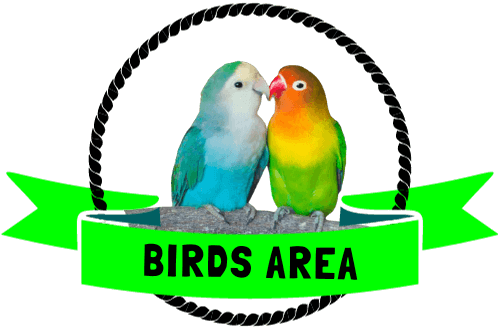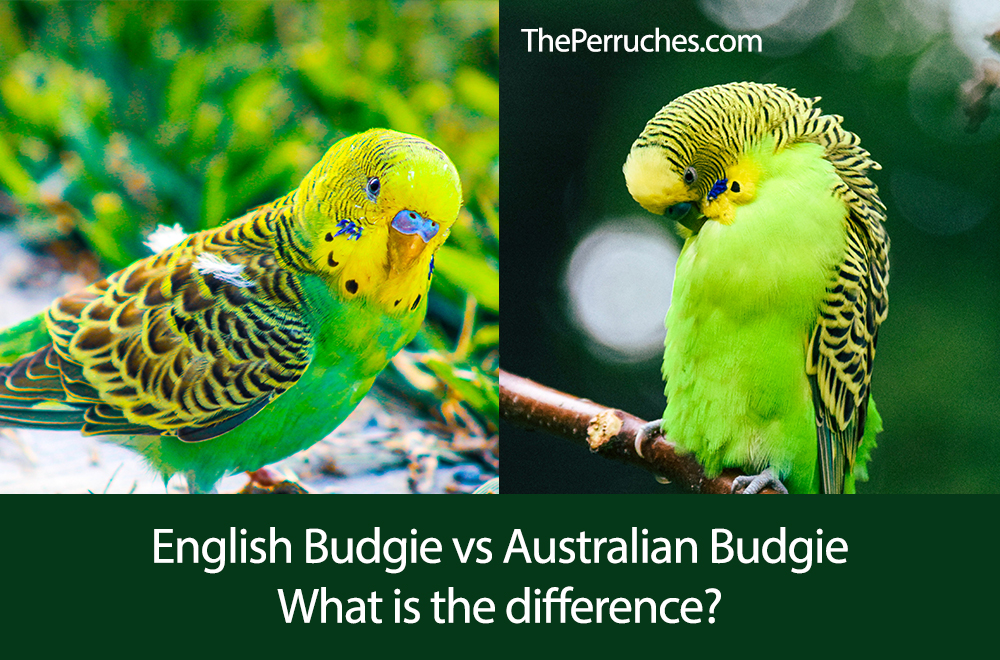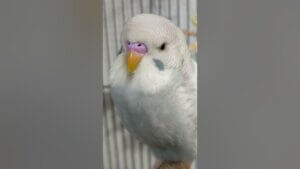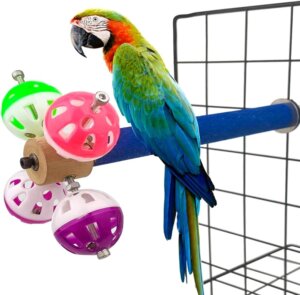Difference Between the English Budgie And the Australian Budgie: Key Insights
Budgies are beloved pets worldwide. But did you know there are different types?
The English Budgie and the Australian Budgie are two popular varieties. They might seem similar at first glance, but there are key differences. Understanding these can help you choose the right budgie for your home. This guide explores their unique traits, origins, and care needs.
Whether you’re a new bird owner or an enthusiast, learning about these differences can enrich your experience with these charming birds. Dive in to discover what sets the English Budgie apart from the Australian Budgie.
Origins
Understanding the origins of the English Budgie and the Australian Budgie helps bird lovers appreciate their differences. These charming birds, though similar, have unique backstories that make them special.
English Budgie
The English Budgie originated from selective breeding in England. Breeders aimed to create a larger and more colorful bird. This process began in the 19th century. Over time, the English Budgie became distinct from its wild counterparts. It was bred primarily for show and pet purposes. This focus on aesthetics led to a budgie that looks different from the original wild type.
Australian Budgie
The Australian Budgie is native to Australia. It roams the wild bushlands and open spaces of the continent. This bird has a natural green and yellow color. It is smaller and more agile than the English Budgie. The Australian Budgie has a simpler lineage. It evolved in the wild without human intervention. Its survival traits make it a robust and lively pet.
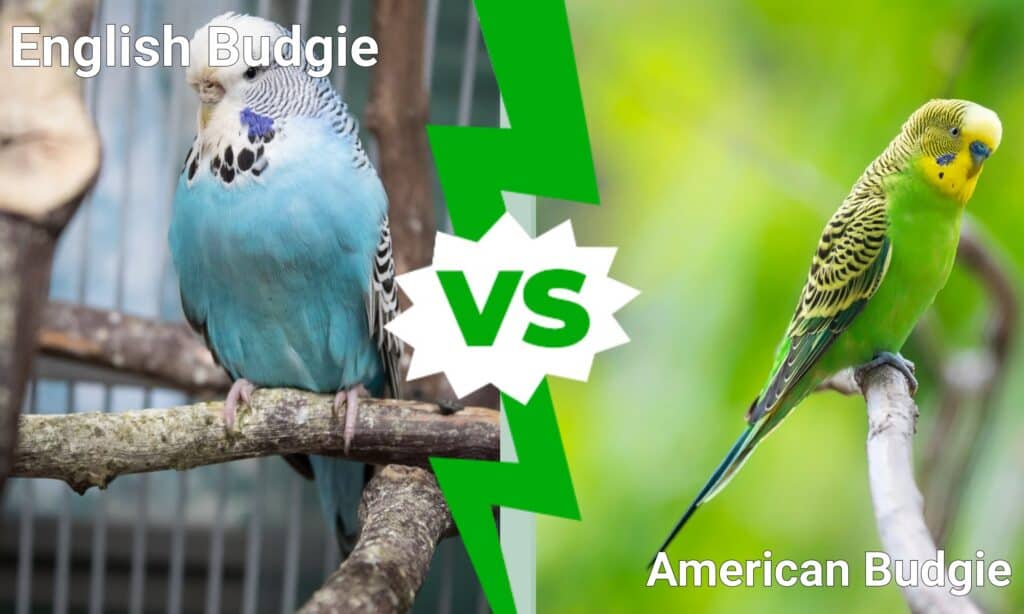
Credit: a-z-animals.com
Physical Characteristics
When comparing the English Budgie and the Australian Budgie, their physical characteristics stand out. These differences can help you distinguish between these two charming birds. Let’s delve into the key aspects like size, weight, and color variations.
Size And Weight
The English Budgie is generally larger than the Australian Budgie. Here’s a quick comparison:
| Characteristic | English Budgie | Australian Budgie |
|---|---|---|
| Size | 8.5 to 10 inches | 7 to 8 inches |
| Weight | 50 to 60 grams | 30 to 40 grams |
The larger size of the English Budgie makes it more noticeable. The Australian Budgie is more petite and lightweight.
Color Variations
Both types of budgies come in vibrant colors. The range of colors can be quite diverse:
- English Budgie: Often found in shades of blue, green, yellow, and white. They can also have intricate patterns.
- Australian Budgie: Typically seen in natural green and yellow colors with black markings. They might also display some blue hues.
The color patterns of the English Budgie are more varied due to selective breeding. The Australian Budgie often retains its wild color traits.
Understanding these physical differences helps in identifying and appreciating these delightful birds.
Behavior And Temperament
Understanding the behavior and temperament of budgies is important for any bird lover. English Budgies and Australian Budgies, while similar, have unique traits. These differences affect their behavior and how they interact with humans and other birds. Let’s explore these traits in detail.
English Budgie Traits
English Budgies are known for their calm and friendly nature. They are often more laid-back than their Australian counterparts. This makes them ideal for households with children. Their gentle temperament allows them to bond easily with their owners. English Budgies enjoy human interaction. They can be quite affectionate. They also have a quieter demeanor, which makes them suitable for quieter homes.
Australian Budgie Traits
Australian Budgies are lively and active. They have a curious and playful nature. These birds need more mental stimulation. They are often more vocal. Australian Budgies love to explore their surroundings. They can be a bit more independent. They may not seek as much human interaction as English Budgies. Their energetic behavior makes them entertaining pets.

Credit: www.birdcagesnow.com
Lifespan And Health
The lifespan and health of budgies can vary significantly depending on their type. English budgies and Australian budgies, though similar, have different lifespans and health concerns. Understanding these differences can help you care for your feathered friend better.
Common Health Issues
English budgies often face obesity due to their larger size. They also have a higher risk of tumors and fatty liver disease. Their calm nature can make them less active, contributing to weight gain.
Australian budgies are more prone to respiratory infections. They can also suffer from scaly face mites. These mites cause crusty lesions on their beaks and legs. Another common issue is feather plucking due to stress or boredom.
Life Expectancy
English budgies typically live between 5 to 7 years. Their shorter lifespan is due to their health issues and larger size.
Australian budgies usually live longer, with an average lifespan of 10 to 15 years. Their smaller size and fewer health problems contribute to their longevity.
Proper care, a balanced diet, and regular vet check-ups can extend both types’ lifespans. Always monitor your budgie’s health to ensure a long and happy life.
Diet And Nutrition
Understanding the diet and nutrition of your budgie is crucial. It ensures they live a healthy, happy life. Both English and Australian budgies have specific dietary needs. Let’s explore their preferred foods and special dietary needs.
Preferred Foods
Both English and Australian budgies enjoy similar foods. Seeds are their main diet. They love millet, canary seed, and sunflower seeds. Fresh vegetables are also a favorite. Budgies like carrots, spinach, and broccoli. Fruits can be given as treats. They enjoy apples, pears, and berries.
| Food Type | Examples |
|---|---|
| Seeds | Millet, Canary Seed, Sunflower Seed |
| Vegetables | Carrots, Spinach, Broccoli |
| Fruits | Apples, Pears, Berries |
Special Dietary Needs
English budgies might need a bit more food. They are larger than Australian budgies. Protein is important for both types. It helps in their growth and feather health. You can offer boiled eggs or beans.
Calcium is also vital. Provide cuttlebone or calcium blocks. Fresh water is a must. Make sure it is clean and changed daily. Avoid feeding them avocado or chocolate. These are toxic to budgies.
- Protein: Boiled eggs, Beans
- Calcium: Cuttlebone, Calcium blocks
- Avoid: Avocado, Chocolate
By understanding their diet and nutrition, you can ensure your budgie’s health. A balanced diet is key to their well-being.
Breeding And Reproduction
Understanding the breeding and reproduction of budgies can help bird enthusiasts and breeders. The English Budgie and the Australian Budgie have notable differences in their breeding habits and reproduction. Let’s explore these differences to understand them better.
Breeding Habits
English Budgies are larger and more domesticated. They are often bred for shows. Their breeding requires careful planning. Breeders usually provide nesting boxes and a controlled environment.
Australian Budgies are smaller and more prolific breeders. They are more similar to their wild counterparts. They breed easily in various environments. They do not need much human intervention.
Reproduction Differences
The reproductive cycle of these budgies also shows differences.
| Aspect | English Budgie | Australian Budgie |
|---|---|---|
| Egg Laying | 4-6 eggs per clutch | 5-8 eggs per clutch |
| Incubation Period | 18-21 days | 18 days |
| Fledging | 5-6 weeks | 4-5 weeks |
Both types of budgies are interesting to observe during breeding. It is essential to provide proper care to ensure their health. Proper diet and environment impact their breeding success.
Care Requirements
The care requirements for English Budgies and Australian Budgies are quite different. Understanding these differences helps in providing the best care for your feathery friends. From cage setup to daily care routines, each type has specific needs that should be met to ensure their well-being.
Cage Setup
English Budgies and Australian Budgies need different cage setups. English Budgies are larger and need more space. A cage size of at least 24x18x24 inches is recommended. In contrast, Australian Budgies are smaller and can thrive in a cage that’s 18x18x18 inches.
Both types of budgies enjoy a variety of perches. Use different sizes and materials to keep their feet healthy. Place toys to provide mental stimulation. Ensure there is enough room for them to flap their wings without obstruction.
Keep the cage in a well-ventilated area. Avoid direct sunlight and drafts. Clean the cage regularly to maintain hygiene.
Daily Care Routine
The daily care routine for English Budgies involves more interaction. They are more social and enjoy human interaction. Spend at least 30 minutes a day interacting with them.
Australian Budgies are more independent. They still require social interaction but can entertain themselves with toys. Ensure fresh water is available daily for both types. Change it daily to prevent contamination.
Feed both types a diet of high-quality seeds or pellets. Offer fresh fruits and vegetables regularly. Monitor their food intake and adjust portions as needed.
Both types need a few hours of sleep. Cover their cage at night to mimic natural sleeping conditions. Regularly check for signs of illness. Visit a vet if you notice any unusual behavior.
Credit: www.reddit.com
Frequently Asked Questions
What Are The Main Differences Between English And Australian Budgies?
English Budgies are larger and have a more robust build. Australian Budgies are smaller and more agile. English Budgies often have fluffier feathers. Australian Budgies typically have a streamlined look.
Which Budgie Is More Vocal, English Or Australian?
Australian Budgies are generally more vocal and active. They are known for their chirpy and interactive behavior. English Budgies are quieter and more reserved, making them great for a calm environment.
Are English Budgies Harder To Train Than Australian Budgies?
English Budgies are generally easier to tame due to their docile nature. Australian Budgies can be more challenging because they are more energetic and independent.
Do English Budgies Live Longer Than Australian Budgies?
Both English and Australian Budgies have similar lifespans, typically living between 5 to 10 years. Proper care, diet, and environment are crucial for longevity.
Conclusion
Both English and Australian budgies are lovely pets. The English budgie is larger and calmer. The Australian budgie is smaller and more active. Consider your lifestyle when choosing a budgie. Each type has unique charms and needs. Understanding these differences helps in making the right choice.
Enjoy your time with your new feathered friend.
Hello Dear, I'm Poli Kolymnia, owner of many birds (including budgies).
With a deep passion for these feathered companions, I'm here to share my expertise and extensive knowledge on birds care.
My articles cover essential topics like diet, housing, care, and health, providing practical tips to help you create a happy and thriving environment for your birds.
